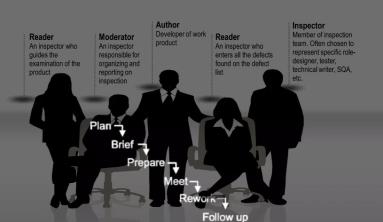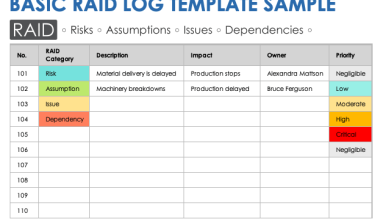The use of certain words can provoke varied and sometimes intense reactions in different people. One word that has always had this impact on me has always been, even from an early start of my project management career, the use of the term “padding.” Here’s more about the difference between buffer vs padding.
I still remember the first person (a hotel controller) that asked if I had “padded” my numbers because that is what project managers do when they put their schedule and budget together. I also remember the feeling and what must have been the look on my face when he said it. I was insulted. Did he just imply that I did not know how to do my job? To this day the use of that term gives me the save down in the pit of my stomach feeling of uneasiness.
For the record, I have never “padded” the numbers. What I have done conscientiously is come up with appropriate estimates of time or cost to add as a buffer in order to deal with potential unknown risk events. That is called contingency reserves analysis, I do believe not “padding.”
I do not do it to get an extra profit margin or bonus time at the end of the day or because I don’t know what I am doing and trying to cover it up. I do it for instances where risk is so high and unpredictable that not planning for contingency would be irresponsible and frankly ignorant.
I really do not know, apart from good planning and continuous schedule-budget monitoring, what would not make me want to understand the impact of the risks to my project clearly. If I then have some clue as to what might happen, would I not want to be realistic in my preparation for it? Would I not want a schedule and/or budget that better reflects reality?
As well as being against the term “padding” and the fact that it implies that I am greasing the wheel or behaving unethically, I also do not approve or condone the practice of using the easy way out by the use a simple 10% slapped on above the final project estimates. It is so easy to not have to spend as much time analyzing the risks and their impact but without proper assessment and alignment to risk over the lifecycle of the project what does 10% cover by the time that it is all said and done. Not much.
When it comes to buffer vs padding in project management. Another practice pushed upon us by accounting is the fact that contingencies associated with risks can happen at any point in a project and not in a predictable period that will line up with the accounting cycle. Contingencies should be assigned, tracked, and monitored within the same period as it is intended to be utilized. Whether it ends up being used or not is a matter of record.
In terms of the difference between buffer vs padding in project management, for those of you who still use the term “padding” and think that it is okay to slap 10% on an estimate, make sure that you are not working on one of my projects or taking one of my classes. Students in my class get quite the expressive lecture about “padding” and its use within our profession. I really wish we would get rid of that term altogether. Let’s ban it from the project management lexicon and start using a buffer as a better approach to protecting our project baselines.






